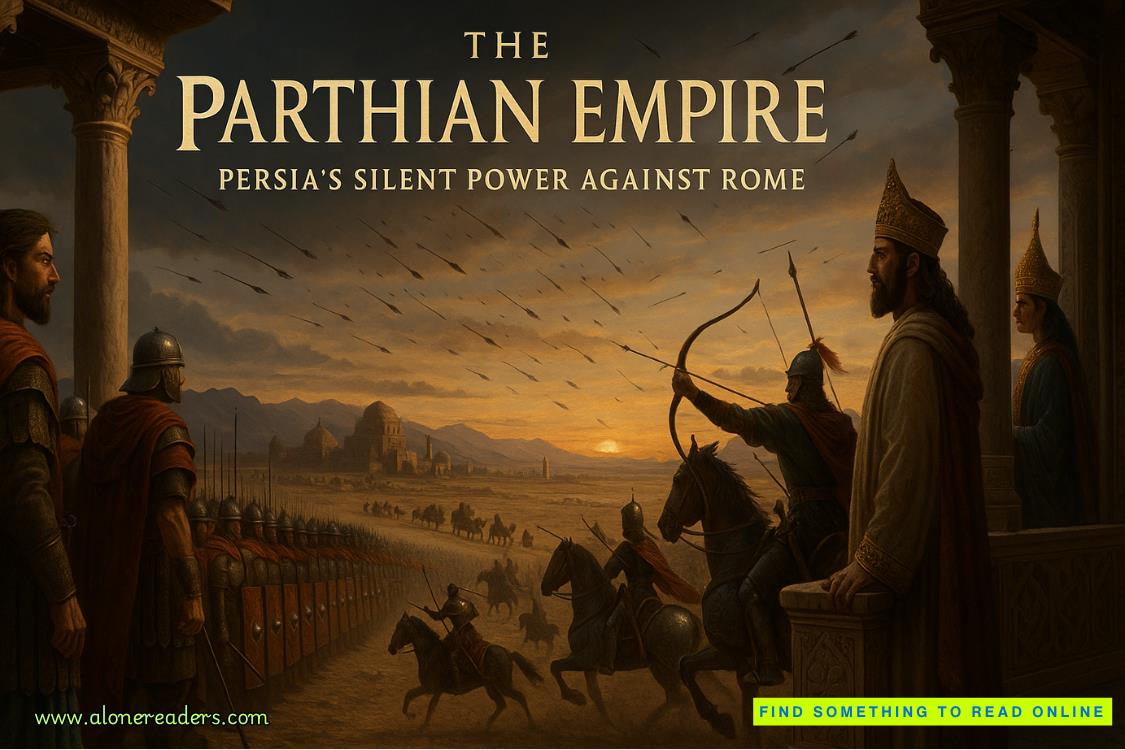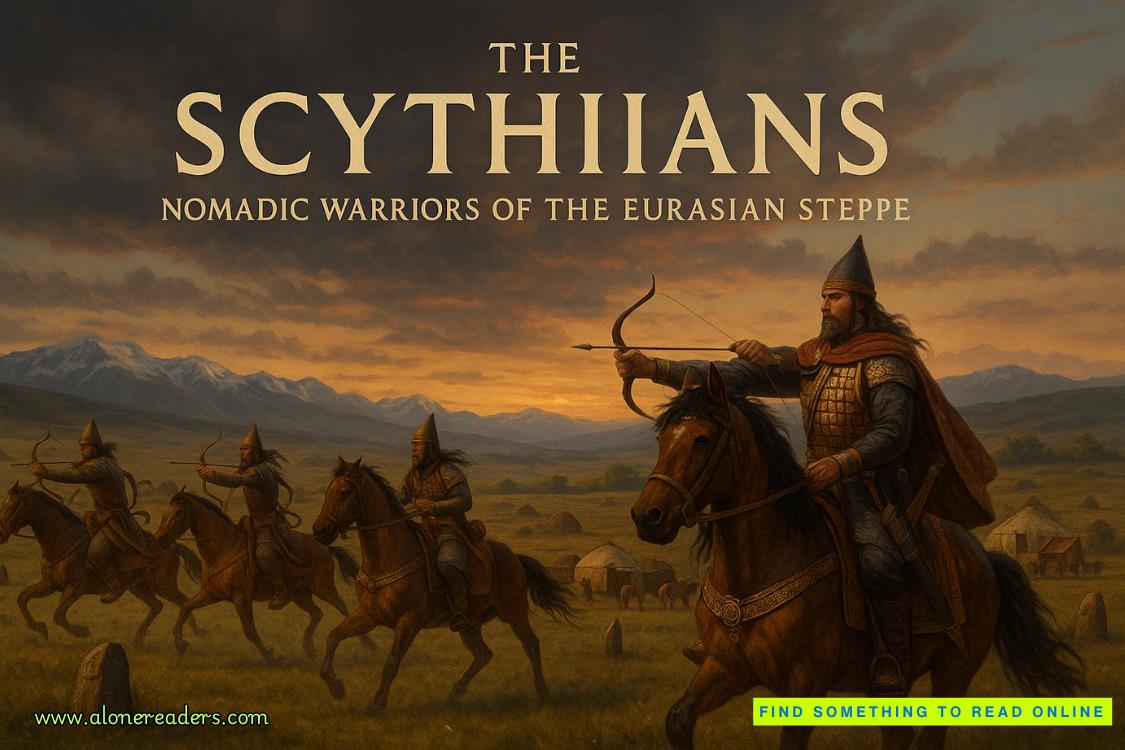Page 33 of Project Hail Mary
The screen is broken into four quadrants, each one showing nearly the same thing. A little schematic and a bunch of text information. The schematics each show a bulbous, oblong shape with a pointed head and a trapezoid on the back. If you tilt your head just right and squint, I suppose it kind of looks like a beetle. Each beetle also has a name up top: “John,” “Paul,” “George,” and “Ringo.”
Yeah, I get it. I’m not laughing, but I get it.
I arbitrarily pick one beetle, John, and give it a good look.
John is no insect. I’m pretty sure he’s a spaceship. The trapezoid in the rear is labeled “Spin Drive,” and the entire bulbous part is labeled “Fuel.” The little head has a “Computer” label and a “Radio” label.
I look a little closer. The Fuel info box saysASTROPHAGE: 120KG—TEMP: 96.415°c. The Computer box saysLAST MEMORY CHECK: 3 DAYS AGO. 5 TB FUNCTIONING CORRECTLY. And the Radio info just saysSTATUS:100%.
It’s an unmanned probe. Something small, I guess. The entire mass of the fuel is just 120 kilograms. That’s not a lot. But a little Astrophage goes a long way. There aren’t any scientific instruments labeled. What’s the point of an unmanned ship with nothing on board?
Wait…what if the 5 terabytes of storage is the point of the ship?
A realization dawns on me.
“Oh. Shucks,” I say.
I’m out in space. I’m in another star system. I don’t know how much Astrophage it took to get here, but it was probably a lot. Sending a ship to another star probably took an absurd amount of fuel. Sending that ship to another starand bringing it backwould take ten times as much fuel.
I check the Astrophage panel to refresh my memory.
REMAINING: 20,862 KG
CONSUMPTION RATE: 6.043 G/S
The consumption rate was 6.045 grams per second before. So it’s gone down a little bit. And the fuel amount went down too. Basically, as the fuel gets consumed, the total mass of the ship goes down, so it needs less fuel per second to maintain the constant acceleration. Okay, that all makes sense.
I have no idea what theHail Mary’s mass is, but to be able to shove it along at 1.5g’s of acceleration on a few grams of fuel per second…Astrophage is amazing stuff.
Anyway, I don’t know exactly how the consumption rate will change over time (I mean, I could work it out, but it’s complicated). So for now I’ll just approximate it to 6 grams per second. How long will that fuel last?
It’s nice to have a jumpsuit on. It’s got pockets for all sorts of knickknacks. I still haven’t found a calculator, so I do the math with a pen and paper. Grand total, I’ll run out of fuel in about forty days.
I don’t know what star that is, but it’s not the sun. And there’s just no way to get from any other star to Earth with just forty days of accelerating at 1.5g’s. It probably tookyearsto get here from Earth—which might be why I was in a coma. Interesting.
Anyway, all this can only mean one thing: TheHail Maryisn’t going home. This is a one-way ticket. And I’m pretty sure these beetles are how I’m supposed to send information back to Earth.
There’s no way I have a radio transmitter powerful enough to broadcast several light-years. I don’t know if that would even be possible to build. So instead, I have these little “beetle” ships with 5 terabytes of information each. They’ll fly back to Earth and broadcast their data. There’s four of them for redundancy. I’m probably supposed to put copies of my findings in each one and send them all home. If at least one survives the journey, Earth is saved.
I’m on a suicide mission. John, Paul, George, and Ringo get to go home, but my long and winding road ends here. I must have known all this when I volunteered. But to my amnesia-riddled brain this is new information. I’m going to die out here. And I’m going to die alone.
I glared at the Astrophage. “Why the heck do you go to Venus?”
The microscope view was displayed on the big wall-mounted monitor. Each of the three little cells were a foot across at this magnification. I watched for any clues to their motivations, but Larry, Curly, and Moe offered no answer.
I’d named them, of course. It’s a teacher thing.
“What’s so special about Venus? And how do you even find it?” I crossed my arms. If Astrophage understood body language, they’d know I wasn’t messing around. “It takes a room full of really smart people at NASA to work out how to get to Venus. And you do it as a single-celled organism with no brain.”
It had been two days since Stratt left me alone with the lab. The army guys were still at the doors. One was named Steve. Friendly guy. The other never spoke to me.
I ran my hands through my greasy hair (I’d neglected to shower that morning). At least I didn’t have to wear the hazmat suit anymore. Scientists in Nairobi had taken a chance with one of their Astrophage and exposed it to Earth atmosphere to see what happened. It was unaffected. So, thanks to them, labs all over the world could breathe a sigh of relief and stop working in argon-filled rooms.
I glanced at the pile of papers on a desk. The scientific community had moved into overdrive in a very unscientific way. Gone were the days of careful peer review and published articles. Astrophage research was a free-for-all where researchers posted their findings immediately and without proof. It led to misunderstandings and mistakes, but we just didn’t have time to do things the right way.
Stratt kept me in the loop on most stuff. Not everything, I was sure. Who knows what other weird things she was up to. She seemed to have authority everywhere.
A Belgian research team was able to prove that Astrophage reacts to magnetic fields, but only sometimes. Other times, it seems to ignore magnetic fields entirely, no matter how powerful. Still, the Belgians were able to (very inconsistently) steer Astrophage around by putting it in a magnetic field and changing the field’s orientation. Was that useful? No idea. At this point the world was just collecting data.















